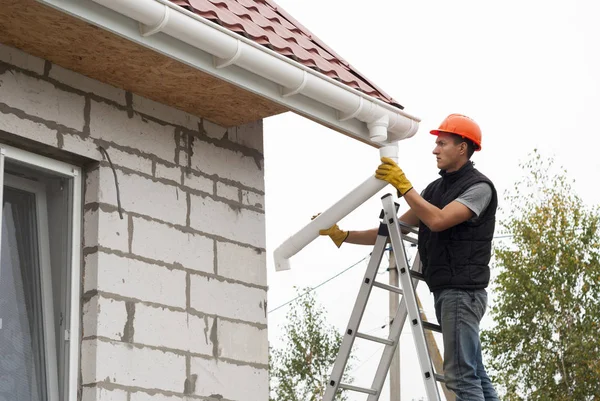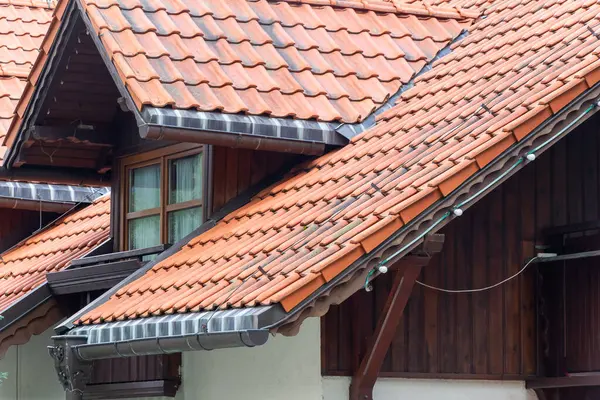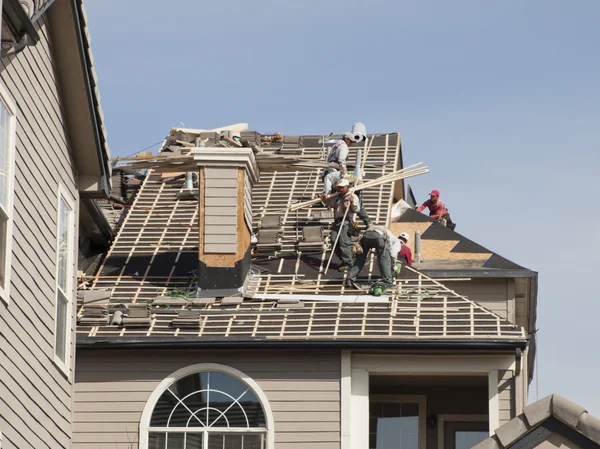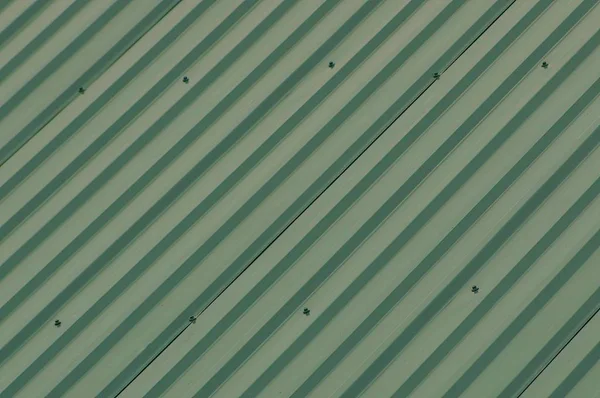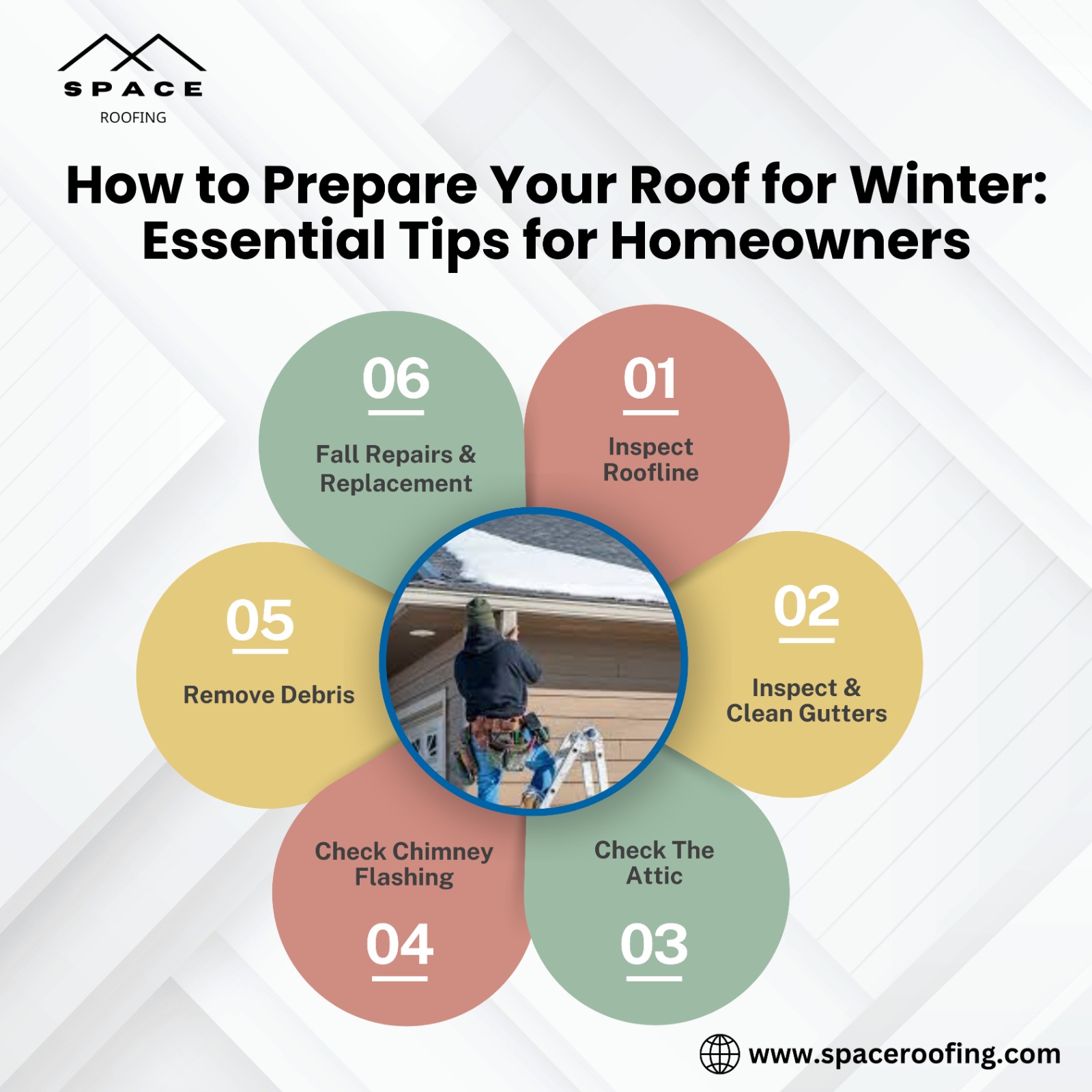
When the days grow shorter, leaves start to fall, and the chill in the air undoubtedly means that winter is around the corner. It is the time when you should consider preparing your house for the upcoming winter.
One of the most significant areas to focus on is the roof. After all, your roof is your first line of defense against harsh weather conditions.
A little preparation before winter’s arrival can prevent you from big problems later. Let’s discuss some practical tips to help all homeowners protect their homes by preparing their roofs.
Inspect Roofline
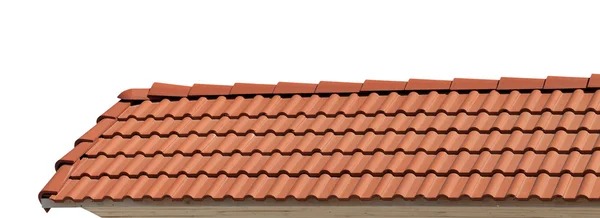
The first step in preparing your roof for winter is to inspect the roofline. It is a critical area that can reveal potential issues. The roofline is where your roof meets the walls of your home. Inspect your roof for signs of sagging, dipping, or unevenness in the roofline because these problems can indicate structural problems or weaken areas that might not bear the weight of snow and ice.
However, a sagging roof isn’t a problem of concern and indicates a proper structure. But if gaps or spaces between the roofline and the walls are present, it could allow cold air, moisture, or pests to enter your home. So, it is important to call a roof inspector to help ensure your roof remains sturdy and secure throughout the winter.
Inspect & Clean Gutters
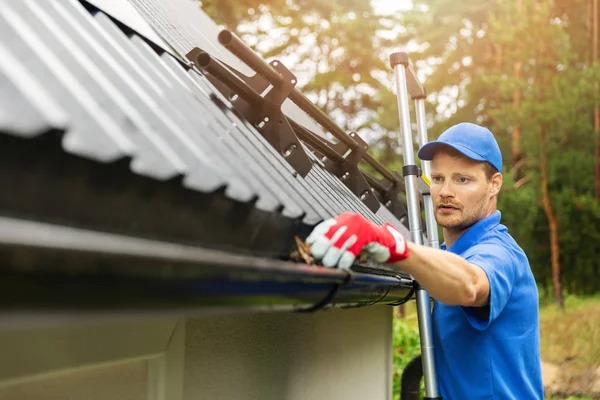
Gutters are crucial in directing water away from your roof and home. If you have clogged gutters and debris present, it can lead to several problems, especially during the winter.
Start by checking your gutters for any debris, such as leaves, twigs, or dirt that might have accumulated over the fall. Clogged gutters can lead to water overflow, which can cause leaks or even ice dams when the temperature drops.
Remove any blockages and ensure that water flows freely through the downspouts. While at it, inspect the gutters for any signs of damage, such as cracks or loose fasteners. Repairing these issues now will help protect your roof and home from potential winter damage.
Check The Attic
Your home attic’s insulation and ventilation are important to the health and lifespan of your roof. It plays a key role in maintaining your home’s temperature and ensuring it stays in good condition. Inspect for any signs of leaks, water stains, and damp insulation. It could indicate that your roof has vulnerabilities that must be addressed before winter.
Next, check the insulation. Proper insulation in the attic helps prevent heat from escaping your home. It also helps keep your home warmer and more energy-efficient during the cold months. Make sure the insulation is evenly distributed and in good condition.
Check Chimney Flashing

The chimney is another important part of your roof. Chimney flashing is the metal strip that seals the gap between your chimney and roof, preventing water from seeping in. Over time, these flashing can become loose, cracked, or corroded, which can lead to future leaks and water damage.
Check the flashing around your chimney for any signs of wear or damage. Look for cracks, gaps, or rust, which can compromise the seal and allow water to enter your home. If you notice any issues, repair or replace the flashing before winter arrives.
Remove Debris
After the roof inspection, it’s time for you to move into the cleaning phase of your roof. Over time, leaves, branches, and other debris can accumulate on your roof, especially after the fall season. If left unchecked, this debris can trap moisture and lead to mold growth, rot, or even ice dams when the temperature drops.
Use a roof rake or broom to remove twigs and other materials gently. Pay special attention to valleys and areas around chimneys or vents, where debris tends to collect.
Fall Repairs & Replacement

Your fall roof checkup may have revealed that your roof needs repairs or replacement. Addressing existing issues can prevent them from worsening during the colder months when repairs become more challenging and costly.
Inspect your roof thoroughly for any signs of damage, such as missing or broken shingles, cracks, and seals. Check for the areas that look worn or vulnerable and replace the damaged or missing shingles.
Check for any signs of wear around vents, skylights, and chimneys. If these areas are not properly sealed, they are prone to leaks. If you notice any issues, it is best to have them repaired or replaced by a professional to ensure they are done correctly.
Conclusion
Winters can be particularly harsh on your roof and can test its durability. Keeping an eye out for roof damage signs helps you catch potential problems early and address them before they escalate into more significant issues. Take the time now to ensure your roof is ready to handle whatever the season throws at it.
However, some tasks are best left to the professionals. If you need expert help to get your roof in top shape for winter, don’t hesitate to call SpaceRoofing. Our team of experienced professionals ensures your roof is prepared to withstand the winter months and gives you peace of mind knowing your home is well-protected.
FAQs
Why is it important to inspect the roofline before winter?
Inspecting the roofline helps identify structural issues like sagging or gaps that could compromise the roof’s ability to handle snow and ice. Addressing these issues prevents potential damage and maintains the roof’s integrity.
How often should I clean my gutters before winter?
Clean your gutters at least twice a year, ideally in the fall before winter. Removing leaves and debris prevents clogs that can lead to ice dams and water damage during colder months.
What should I check for in my attic before winter?
Inspect your attic for leaks, water stains, and damp insulation. Ensure proper insulation to prevent heat loss and maintain your home’s temperature. Address any issues to avoid potential roof vulnerabilities.
How do I check and maintain chimney flashing?
Examine the chimney flashing for signs of damage, such as cracks or rust. Ensure it is securely attached and properly sealed. Repair or replace damaged flashing to prevent leaks and water damage.
What is the best way to remove debris from my roof?
Use a roof rake or broom to gently clear leaves and branches from your roof. Focus on valleys and areas around chimneys where debris collects. Removing debris prevents moisture buildup and potential ice dams.

